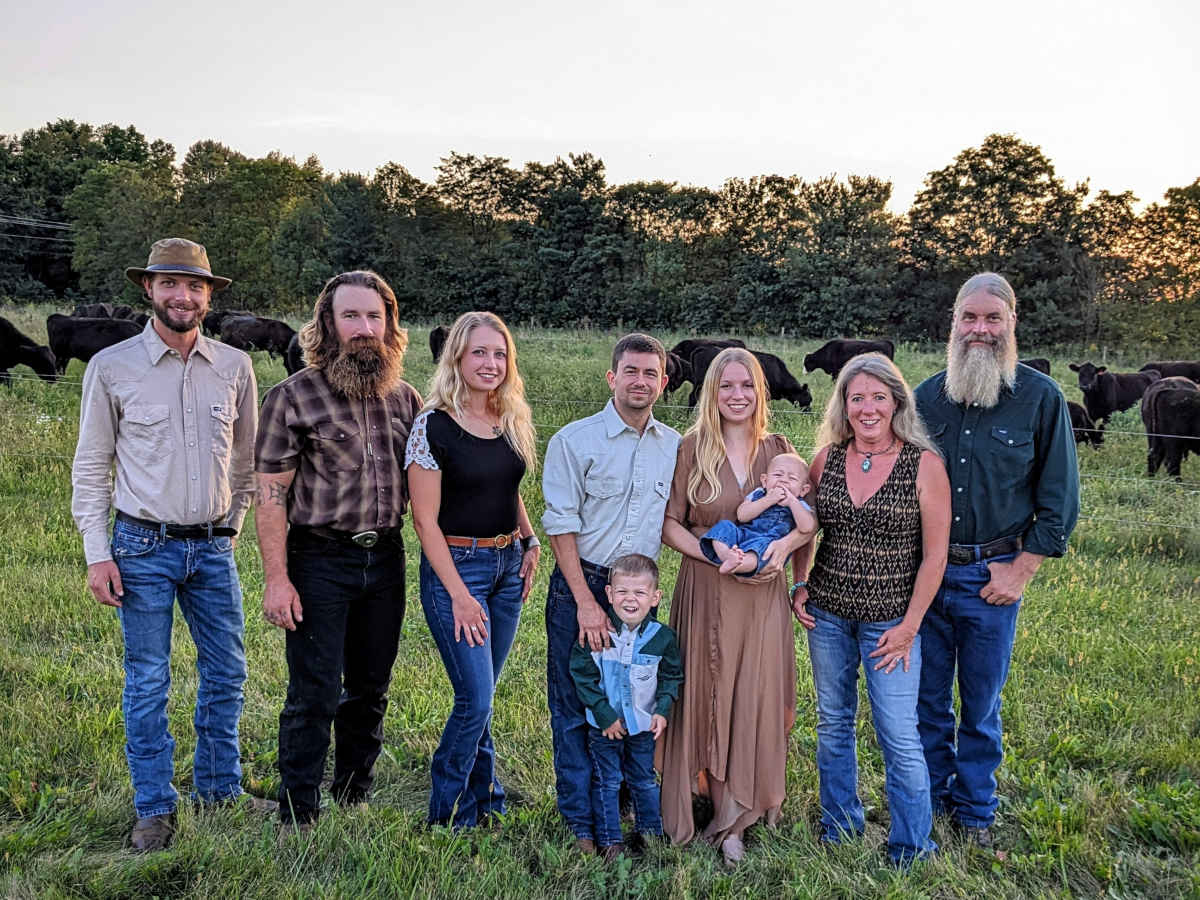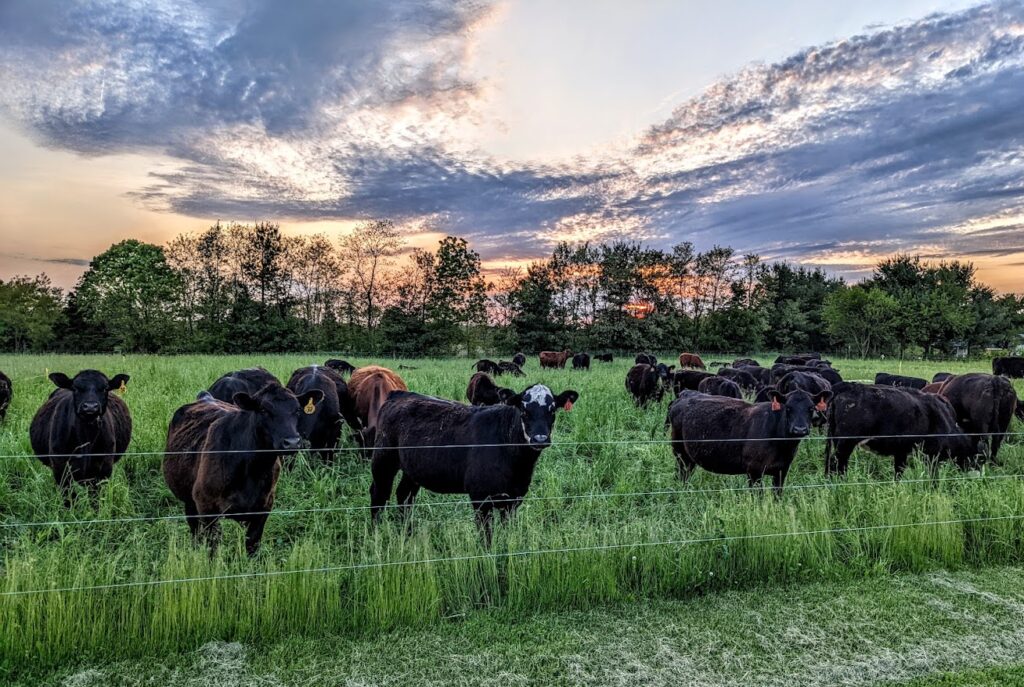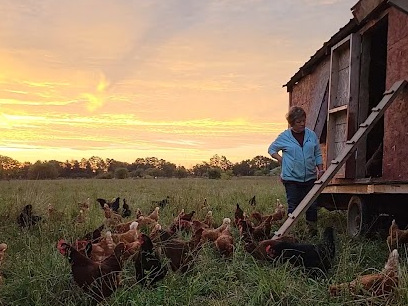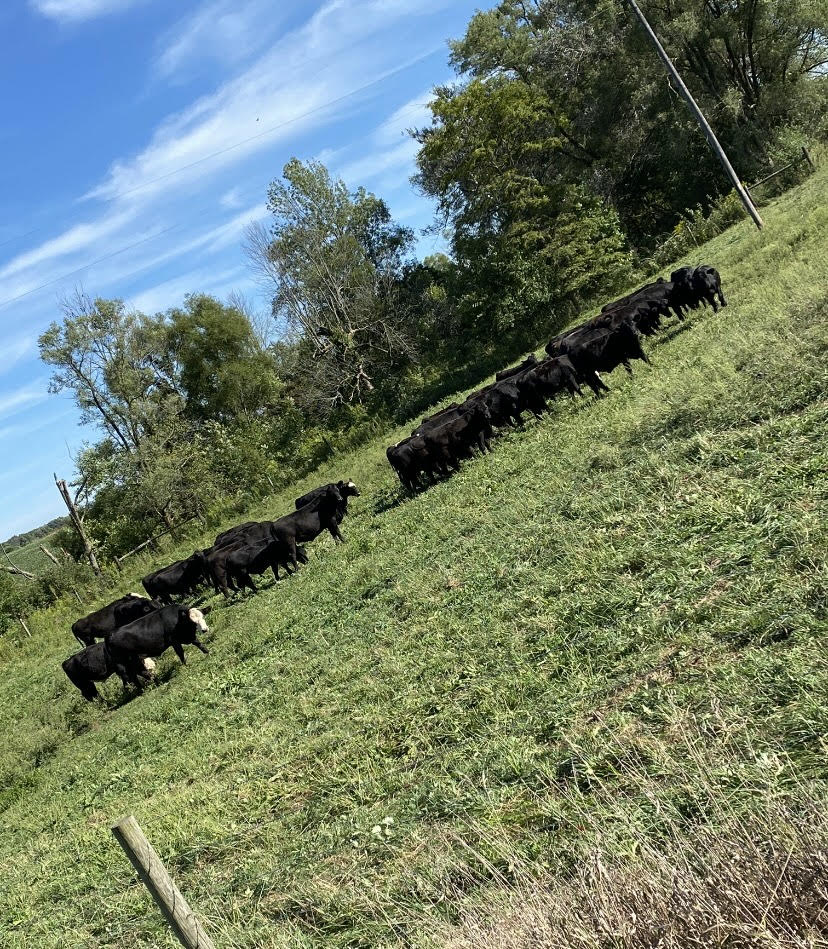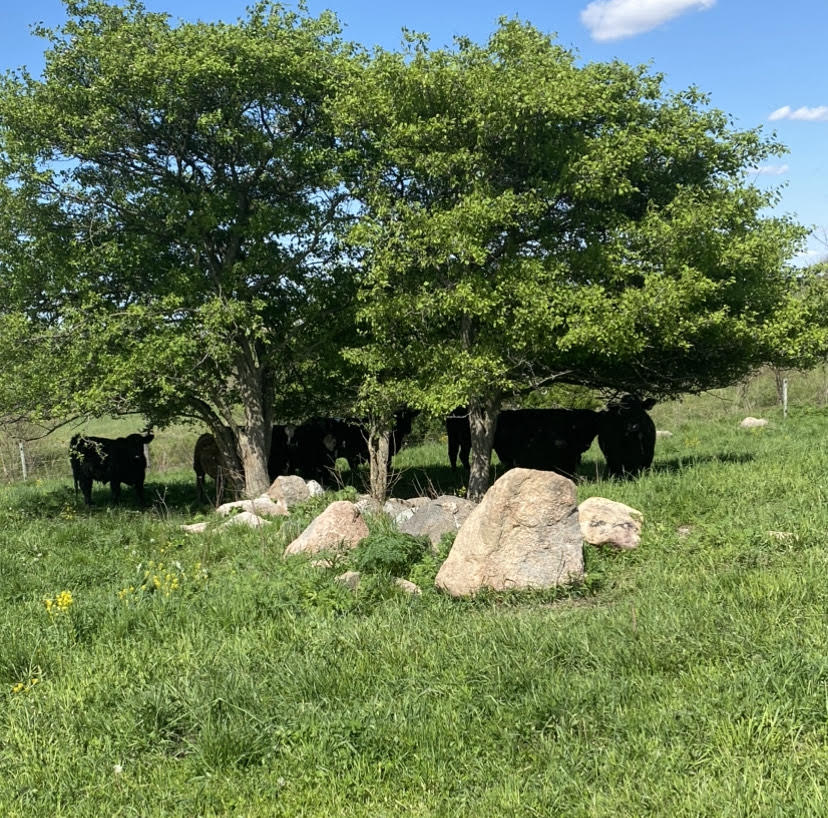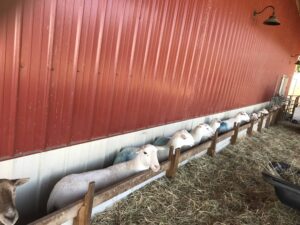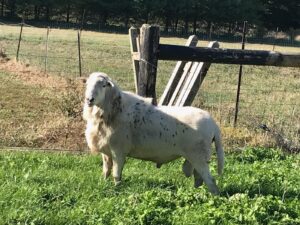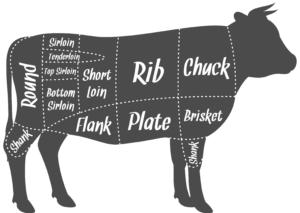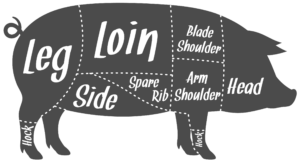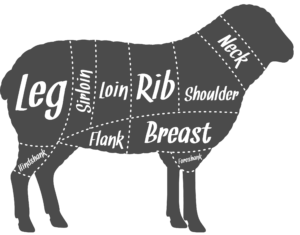Unless you’ve been involved in raising or slaughtering livestock, you may never have heard of offals. So for those mostly on the eating side of our customer base, offals are the internal organs of a butchered animal. Oxtails and pig’s feet are often thrown into the definition as well, even though they are technically external parts. If you had a mom who made you eat fried liver and onions when you were a kid, or a grandmother of European heritage who made oxtail-lentil soup in winter, you’ve eaten offals.
In American culture, offals are not nearly as popular as they were a few generations ago. But in other parts of the world, offals continue to be used in everything from everyday suppers to highly-prized delicacies for special occasions.
Now to the producer side of things: If you regularly bring animals to our facility, or any other processing facility, there will come a time when the offals you requested will be missing when you pick up your order. In USDA facilities like ours, missing offals almost always come down to inspector decisions. All offals are carefully looked over by the inspector upon removal from the animal. If there is any sign of parasites, bacterial or viral infection, tumors, scarring or deformation, the organs must discarded.
The second common reason for missing offals come down to paperwork. We do a pretty good job of asking customers whether they want offals at the time they call in their cut sheet preferences. But we sometimes forget to remind farmers to mark offals on the drop-off form as well. Cut sheets never enter the slaughter room to avoid contamination, so if offals aren’t requested on the drop-off form, they won’t be saved. For best results, double check with your customers to see if any have requested their offals, and check the drop-off form for completeness before dropping off your animals.
